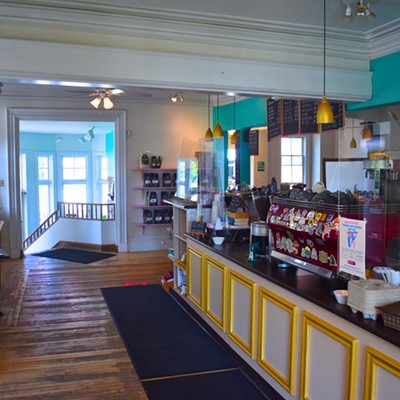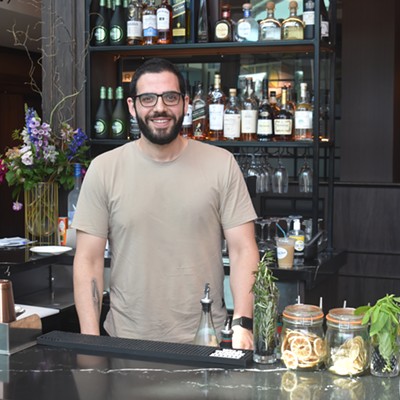One of CTAG’s projects (in conjunction with the Nova Scotia Agricultural College) is initiating a Fibre, Fabric and Dye Forum in Halifax. Currently, the group is reaching out globally to experts in the fields of sustainable fabric and dye to organize a pre-forum conference in September. FFAD wants to explore our options---outside of homey wool sweaters and socks---to create finer linens with flax or nettles. “What are the potentials, what makes sense with our environment, what are the pitfalls, what are the parallels?” says Markle. “You can’t grow cotton here, but there are fibres that we grow really well. I call it fibre sovereignty. Even if it is hypothetical, we need to know what our capacity is.”
Some fabric---even organic cotton---is sprayed with formaldehyde to repel bugs while it takes its long trip to the mall on a container ship. Growing a crop for fabric would cut down considerably on the environmental impact of transporting our clothing.
Chenoweth is concentrating on changing consumers’ priorities. “Some people say ‘fair trade’ about clothing,” she says. “I get nervous about that because you really have to be like a coffee person and see the beans, meet the people, see where it was made, see the workers and their toilets, their lighting.” Having just returned from a visit to the factory and cotton farm in India, Chenoweth is a good example of an informed designer redefining “local.”
In addition to designing comfortable, wearable clothing, Chenoweth is currently campaigning to get Canadian fashion schools to use organic, sustainable cloth. “I want people to make conscious choices like they are already doing with their food,” she says. “Food is pretty simple, you grow the apple tree and then you get the apple.”













